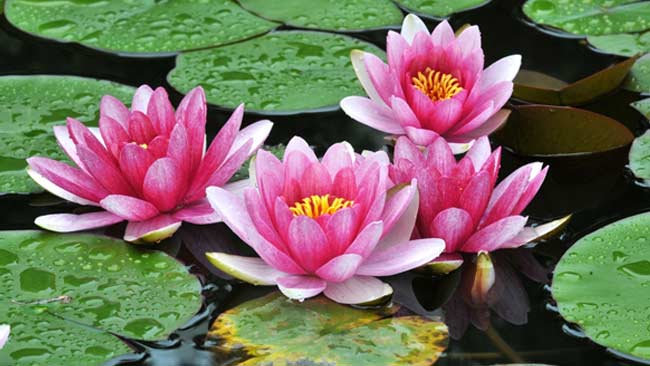In the realm of aquatic beauty, few plants capture the imagination quite like the teratai888, commonly known as water lilies. These exquisite aquatic plants, belonging to the Nymphaeaceae family, are celebrated for their delicate and enchanting appearance. The name “teratai” itself conjures images of serene ponds and tranquil waters, where these captivating blooms grace the surface with their ethereal presence.
A Diverse Family: The teratai family encompasses a wide variety of species, each with its unique charm. Among the most famous is the Nymphaea caerulea, known as the blue lotus or sacred blue lily. Revered for centuries in ancient Egyptian culture, it holds a place of spiritual significance and symbolizes purity and rebirth. Another notable member is the Nymphaea odorata, known for its fragrant white flowers that open during the day, attracting pollinators with their sweet scent.
Elegance in Simplicity: Teratai are celebrated for their simplicity and grace. Their floating leaves, often round or heart-shaped, create a verdant carpet on the water’s surface, providing refuge for fish and other aquatic creatures. The breathtaking flowers, on the other hand, emerge above the water, showcasing delicate petals in various hues, from pristine white to vibrant pink and even shades of blue. The contrast between the leaves and blossoms is a sight to behold, adding to their allure.
A Diverse Family of Flowers Teratai is not a singular species but rather a diverse family of aquatic plants, each with its unique charm. The most recognized and beloved member of this family is the Nymphaea genus. Nymphaea’s enchanting blossoms come in a myriad of colors, from classic white to vibrant shades of pink, purple, and yellow. Their fragrant flowers are not only aesthetically pleasing but also attract various pollinators, enhancing the biodiversity of aquatic ecosystems.
Ecosystem Engineers Beyond their ornamental value, teratai plays a crucial role in aquatic ecosystems. Their broad, floating leaves provide shade that helps regulate water temperature, preventing excessive algae growth and creating a suitable habitat for fish and other aquatic organisms. Furthermore, their submerged roots help filter water, improving water quality in ponds and lakes. This makes teratai not just a delight for the eyes but also an ecological asset.
